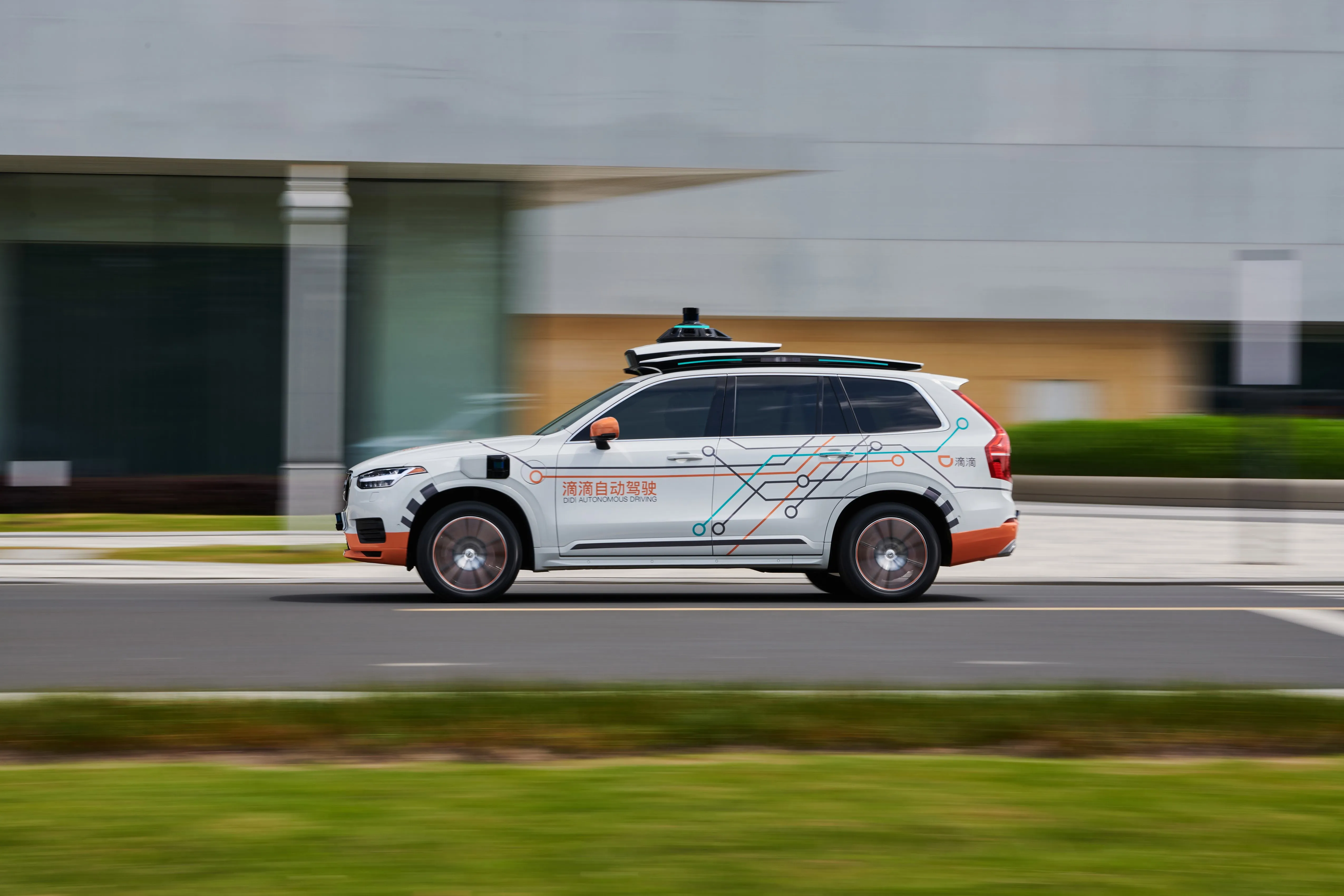Auto manufacturer
The company says autonomous transport solutions that are based on self-driving and connectivity technologies are suitable for applications where there is a need to move large volumes of goods and material on pre-defined routes.
Volvo’s CEO Martin Lundstedt says: “It is a logical next step for us to gather expertise and resources in a new business area with profit and loss responsibility to take autonomous transport solutions to the next level.”
In June, Volvo Trucks deployed its autonomous electric vehicle - called Vera - to transport goods from a logistics centre to a port terminal in Gothenburg, Sweden, as part of an agreement with shipping and logistics company DFDS.
Volvo creates AV subsidiary
Auto manufacturer Volvo is creating a business area to offer autonomous transport solutions which can be used to operate between logistics centres from 1 January 2020.
The company says autonomous transport solutions that are based on self-driving and connectivity technologies are suitable for applications where there is a need to move large volumes of goods and material on pre-defined routes.
Volvo’s CEO Martin Lundstedt says: “It is a logical next step for us to gather expertise and resources in a new
November 8, 2019
Read time: 1 min










